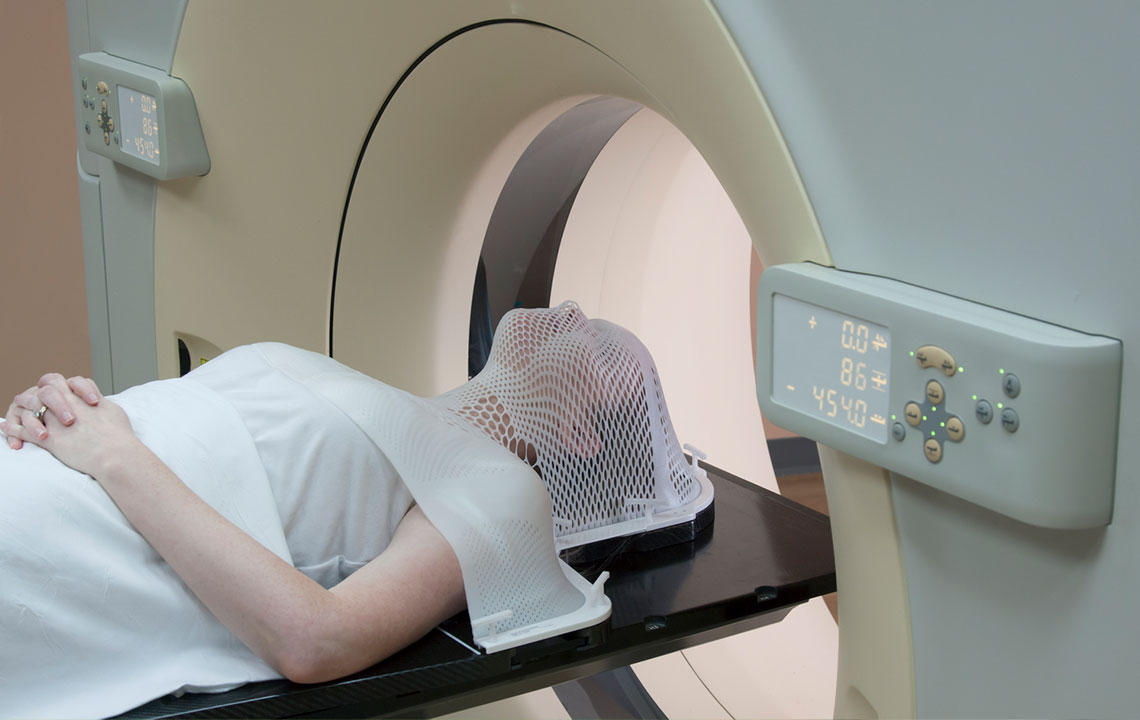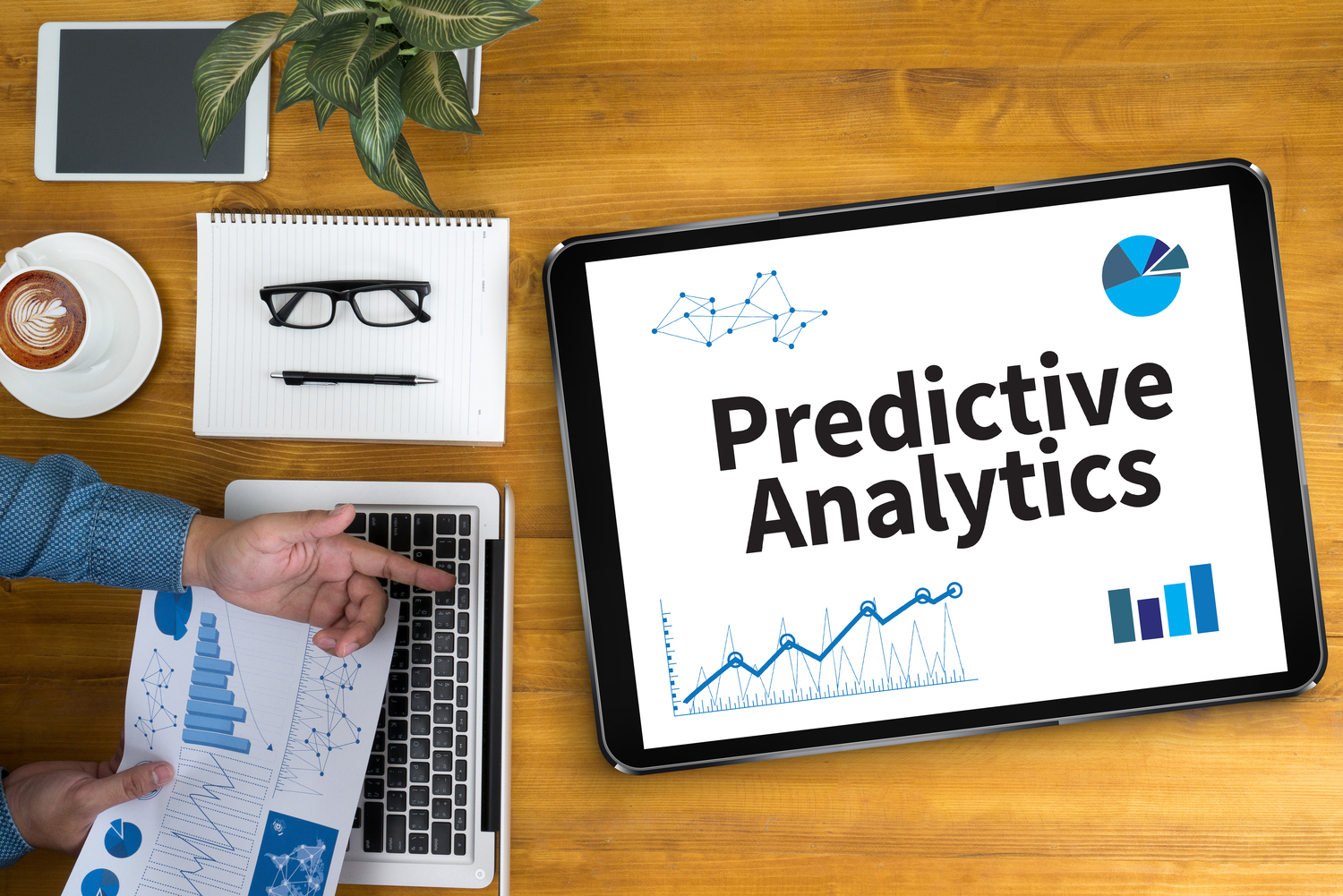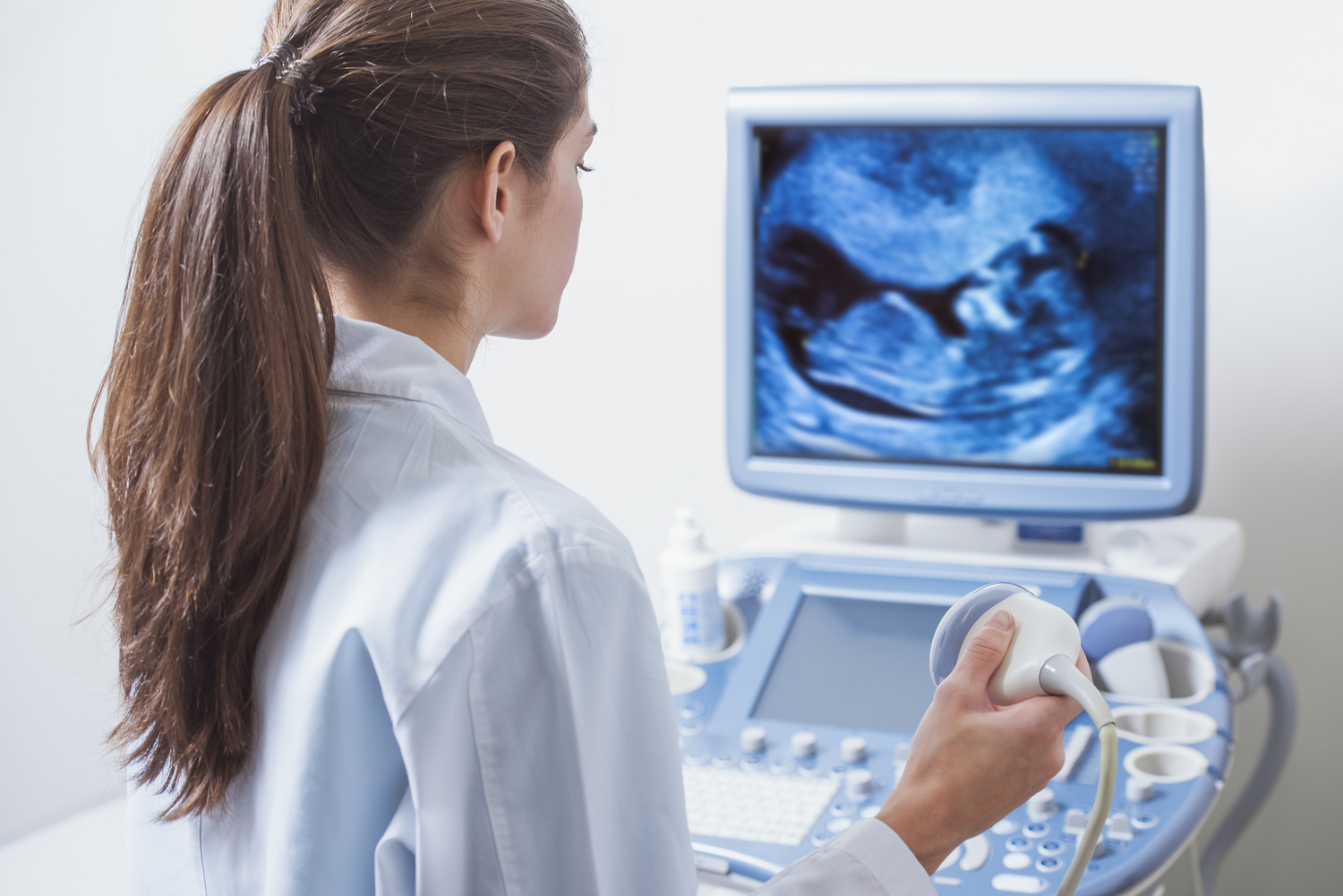Revolutionizing Medical Diagnostics for Enhanced Precision and Patient Care
This comprehensive article explores the latest advancements in medical diagnostics, highlighting how innovative technologies like AI and machine learning are enhancing accuracy, speed, and patient outcomes. It discusses traditional methods, challenges in diagnosis, and the transformative role of digital tools in healthcare. With a focus on improving diagnostic reliability, the piece emphasizes the importance of technology in preventing misdiagnoses, optimizing treatment, and ensuring safety in both clinical and industrial contexts. An ideal resource for healthcare professionals and industry stakeholders interested in diagnostic innovations.

Innovative Advances in Medical Diagnostic Technologies for Reliable Accuracy
Medical diagnostics represent a cornerstone of modern healthcare, involving a series of procedures and tests performed by medical professionals to accurately identify, differentiate, and understand various health conditions and diseases. The primary goal of diagnostic processes is to pinpoint the underlying causes of health issues with high precision, enabling effective treatment strategies that target the root of the problem rather than merely alleviating symptoms. This comprehensive approach improves patient outcomes, reduces healthcare costs, and enhances overall safety.
In recent years, the landscape of medical diagnostics has undergone significant transformation thanks to technological innovations that offer greater accuracy, speed, and reliability. Traditional diagnostic methods relied heavily on manual laboratory testing, biological reagents, microscopes, and basic software for data analysis. While these methods served well historically, they often faced limitations regarding sensitivity, speed, and interpretative consistency, sometimes leading to misdiagnoses or delayed treatment.
Modern diagnostics now integrate advanced automated systems, sophisticated biochemical reagents, and cutting-edge software algorithms to analyze samples for bacteria, viruses, hormones, and various disease markers. These tools are capable of interpreting complex biological data swiftly, allowing healthcare providers to make informed decisions quickly. From blood tests and tissue biopsies to molecular diagnostics, technological integration helps streamline processes and improve diagnostic accuracy.
Medical diagnostics typically involve analyzing blood, tissue, urine, or other bodily samples. Through various testing methods, clinicians can detect infections, diseases, or physiological abnormalities, guiding them toward the most effective treatment options. These diagnostic tests serve as the foundation for personalized medicine, ensuring patients receive tailored therapies based on precise diagnoses.
The Critical Role of Medical Diagnostics
Enhancing Patient Outcomes: Early and accurate detection of health conditions allows timely interventions, minimizing complications and improving prognosis.
Ensuring Consumer and Product Safety: Industries such as pharmaceuticals, food production, and cosmetics depend on high-precision diagnostics to verify the safety and quality of their products, preventing health hazards.
Reducing Healthcare Costs: Correct initial diagnoses prevent unnecessary treatments, repeated testing, and hospitalizations, saving valuable resources for both providers and patients.
Diagnosis involves a structured approach starting with assessing patient symptoms, followed by targeted testing to uncover the underlying causes. While simple cases may be diagnosed swiftly, complex or ambiguous symptoms often require extensive testing, which increases the risk of errors. Recognizing the importance of minimizing diagnostic errors is critical to improving healthcare quality and patient safety.
Throughout the diagnostic process, clinicians utilize a systematic approach encompassing initial assessment, laboratory testing, interpretation of results, and subsequent follow-up care. When initial tests yield inconclusive or conflicting results, differential diagnosis—considering multiple potential causes and integrating patient history, clinical examination, and risk factors—becomes essential for determining the correct diagnosis.
Understanding Differential Diagnosis
This method allows clinicians to exclude unlikely conditions and narrow down possibilities based on a comprehensive evaluation. However, the accuracy of differential diagnosis heavily relies on the quality of initial assessments and data interpretation, making it susceptible to errors if any step is compromised.
Common Causes of Diagnostic Errors
Inadequate utilization of health information technology systems, leading to missed or misinterpreted data
Communication gaps among healthcare teams, patients, and families that hinder information exchange
Systemic inefficiencies or flaws within healthcare infrastructures that impede timely and accurate diagnosis
To address these challenges, the integration of artificial intelligence (AI) and machine learning technologies into diagnostic workflows has shown promising results. These innovations enhance the precision and efficiency of medical diagnostics, reduce human error, and facilitate early disease detection.
AI and Machine Learning Transforming Diagnostics
AI Chatbots and Symptom Checkers: Utilizing speech recognition and natural language processing, these systems analyze patient-reported symptoms to provide preliminary assessments, guide patients on when to seek medical attention, and assist in disease prevention efforts.
Pathology Support Systems: Machine learning algorithms assist pathologists in examining tissue samples and bodily fluids, improving detection sensitivity for malignancies and infections. Enhanced image analysis capabilities enable faster, more reliable diagnoses.
Cancer Detection and Oncology: Deep learning models analyze imaging data and pathology slides to recognize cancerous tissues with accuracy comparable to expert pathologists, facilitating earlier intervention.
Rare Diseases and Phenotype Recognition: Facial recognition software powered by AI can identify phenotypic features associated with rare genetic disorders, enabling earlier diagnosis and intervention for conditions that are often difficult to detect through traditional methods.
These advancements underscore a new era in healthcare, where diagnostic precision and rapid response are increasingly achievable through the synergy of human expertise and artificial intelligence.




